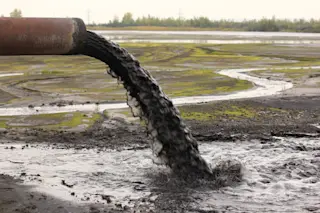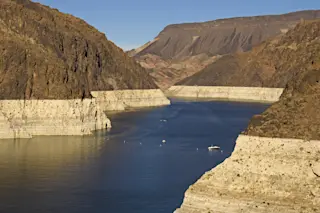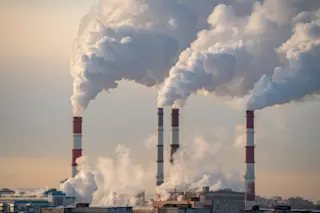Over the weekend, NASA climate scientist James Hansen wrote on his website (my emphasis):
The U.S. Department of State seems likely to approve a huge pipeline to carry tar sands oil (about 830,000 barrels per day) to Texas refineries unless sufficient objections are raised. The scientific community needs to get involved in this fray now. If this project gains approval, it will become exceedingly difficult to control the tar sands monster.
On Tuesday, this NYT story reported that the monster can not be contained:
One way or another "” by rail or ship or a network of pipelines "” Canada will export oil from its vast northern oil sands projects to the United States and other markets. So the regulatory battle over the proposed Keystone XL pipeline, which would link the oil sands to the Gulf Coast of the United States, may be little more than a symbolic clash of ideology, industry experts say. Even if the Obama administration rejects the Keystone plan, the pace of oil sands development in northern Alberta is unlikely to slow. Oil producers in Canada have several alternatives for reaching the United States market. And recent investments by Chinese companies in the oil sands suggest that a growing alternative market lies across the Pacific. "The Canadian oil sands will continue to be developed irrespective of whether the pipeline goes ahead," said Russell K. Girling, the president and chief executive of TransCanada, the company behind the $7 billion project.
That is what is known (if I may be permitted to flog a tired phrase one last time) as an inconvenient truth. Roger Pielke Jr., in a recent post, explains:
The fungibility of global oil supply means that reducing use of a particular source of oil in one place simply means that it will be consumed in another, and oil from elsewhere will have to fill that gap.
Now let's go back to James Hansen's weekend plea, where he lays out the climate implications of the tar sands monster (my emphasis):
Easily available reserves of conventional oil and gas are enough to take atmospheric CO2 well above 400 ppm. However, if emissions from coal are phased out over the next few decades and if unconventional fossil fuels are left in the ground, it is conceivable to stabilize climate. Phase out of emissions from coal is itself an enormous challenge. However, if the tar sands are thrown into the mix it is essentially game over. There is no practical way to capture the CO2 emitted while burning oil, which is used principally in vehicles.
Still not convinced that tar sands will be thrown into the mix? Michael Klare, in assessing recent energy developments, does some math:
In order to satisfy the staggering needs of older industrial powers like the United States along with the voracious thirst of rising powers like China, global energy must grow substantially every year. According to the projections of the U.S. Department of Energy (DoE), world energy output, based on 2007 levels, must rise 29% to 640 quadrillion British thermal units by 2025 to meet anticipated demand.
It's become increasingly evident that this demand will be met, in part, by unlocking vast reserves of unconventional "heavy oil," such as Canada's tar sands. Game over?













